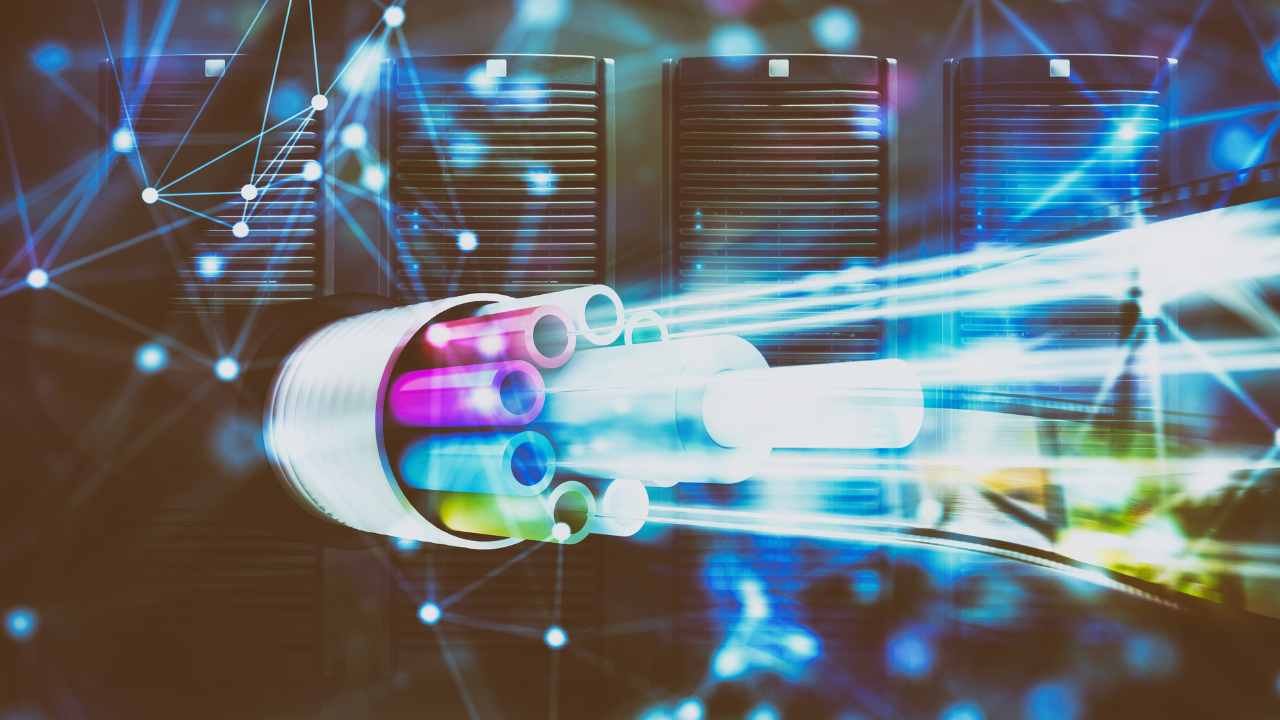In today’s fast-paced world, communication and connectivity are more critical than ever before. Businesses, organizations, and individuals rely on seamless and reliable networks to transmit data, facilitate transactions, and stay connected across the globe. Amidst this technological evolution, fiber optic solutions have emerged as a game-changer, revolutionizing the way we transmit information. In this comprehensive guide, we’ll delve into what fiber optic solutions are, how they work, their applications, benefits, and the future of fiber optic technology.
Understanding Fiber Optic Solutions
Fiber optic solutions refer to the use of fiber optic cables, devices, and systems to transmit data through the transmission of light signals. Unlike traditional copper cables, which transmit data through electrical signals, fiber optic cables utilize strands of glass or plastic fibers to carry light pulses over long distances with minimal signal loss or interference.
How Do Fiber Optic Solutions Work?
At the heart of fiber optic solutions are fiber optic cables, which consist of a core, cladding, and protective outer layer. When data is transmitted through a fiber optic cable, it travels in the form of light pulses that bounce off the inner walls of the core, guided by the principle of total internal reflection. These light pulses are then detected and interpreted as data at the receiving end of the fiber optic link.
Applications of Fiber Optic Solutions
- Telecommunications: Fiber optic solutions are widely used in telecommunications networks to transmit voice, video, and data signals over long distances. Fiber optic cables provide high bandwidth and fast data transmission speeds, making them ideal for supporting the increasing demands of modern communication networks.
- Internet Connectivity: Fiber optic solutions play a crucial role in providing high-speed internet connectivity to homes, businesses, and public institutions. Fiber optic broadband networks offer faster and more reliable internet connections compared to traditional copper-based networks, enabling seamless streaming, downloading, and online collaboration.
- Data Centers: Fiber optic solutions are commonly used in data center environments to interconnect servers, storage systems, and networking equipment. Fiber optic cables provide high-speed, low-latency connectivity between data center components, supporting the efficient transfer of large volumes of data.
- Industrial Applications: Fiber optic solutions find applications in various industrial sectors, including manufacturing, oil and gas, and transportation. Fiber optic sensors and monitoring systems enable real-time data collection and analysis, enhancing safety, efficiency, and productivity in industrial operations.
Benefits of Fiber Optic Solutions
- High Bandwidth: Fiber optic solutions offer significantly higher bandwidth compared to traditional copper cables, allowing for faster data transmission and greater network capacity.
- Low Latency: Fiber optic cables transmit data at the speed of light, resulting in minimal latency and ensuring real-time responsiveness for applications such as video conferencing and online gaming.
- Immunity to Electromagnetic Interference: Unlike copper cables, which are susceptible to electromagnetic interference, fiber optic cables are immune to such disturbances, making them ideal for use in high-electromagnetic environments.
- Long-Distance Transmission: Fiber optic solutions enable long-distance transmission of data without signal degradation or loss, making them suitable for connecting remote locations and spanning large geographical areas.
The Future of Fiber Optic Technology
As technology continues to advance, the future of fiber optic solutions looks promising. Innovations such as flexible fiber optics, hollow-core fibers, and fiber optic amplifiers are poised to further enhance the capabilities and performance of fiber optic networks. Additionally, ongoing research and development efforts aim to make fiber optic solutions more affordable, accessible, and environmentally sustainable.
In conclusion, fiber optic solutions have revolutionized communication and connectivity, offering high-speed, reliable, and secure transmission of data across various industries and applications. With their numerous benefits and potential for innovation, fiber optic solutions will continue to play a crucial role in shaping the future of digital infrastructure and advancing the capabilities of modern technology.




